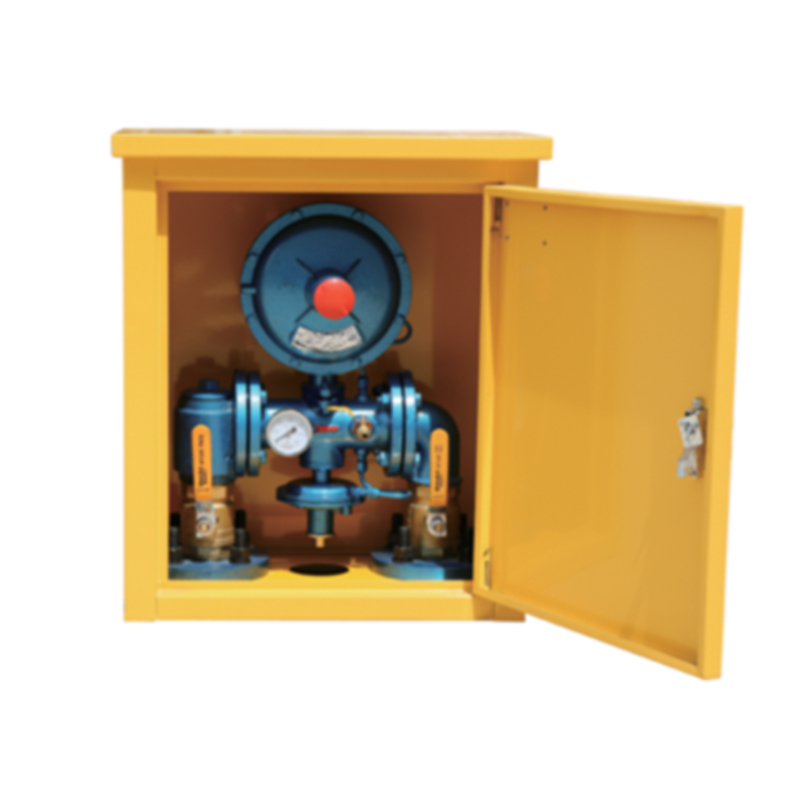
Nov . 24, 2024 14:10
Back to list
Understanding the Functionality and Applications of Pneumatic Valves in Industrial Systems
Understanding Pneumatic Valves Key Components in Fluid Control Systems
Pneumatic valves are critical components in various fluid control systems, especially in applications involving compressed air and gas. These valves are designed to regulate the flow and pressure of air, enabling efficient operation of numerous pneumatic devices. Understanding the functionality, types, and applications of pneumatic valves is essential for anyone involved in industries that utilize pneumatic systems.
Functionality of Pneumatic Valves
The primary function of a pneumatic valve is to control the flow of air or gas within a system. They achieve this by regulating the direction, pressure, and volume of the fluid being transported. Pneumatic valves operate based on several principles, including manual control, pneumatic control, and electrical control. Manual control valves require human intervention to regulate flow, while pneumatic and electrically controlled valves utilize actuators to automate the process, allowing for greater efficiency and accuracy.
The mechanism by which these valves work can vary. Most commonly, pneumatic valves employ a system of ports and actuators. The actuator, typically a solenoid or pneumatic cylinder, moves a plunger or a disk that opens or closes these ports. By changing the position of the actuator, the valve can switch between different states fully open, partially open, or completely closed. This flexibility allows for precise control over airflow, making them suitable for a wide range of applications.
Types of Pneumatic Valves
There are several types of pneumatic valves, each designed for specific applications and operational requirements. Some of the most common types include
1. Solenoid Valves These are electrically operated valves that use an electromagnetic solenoid to open or close the valve. They are ideal for applications requiring quick and precise actuation, such as in automated systems.
2. Ball Valves Known for their durability and tight sealing capabilities, ball valves use a spherical disc to control flow. They are commonly used in applications where complete shut-off is necessary.
pneumatic valve

3. Butterfly Valves These valves use a rotating disc to regulate airflow. They are lightweight and compact, making them suitable for applications with space constraints.
4. Gate Valves These valves control flow by lifting a gate out of the path of the fluid. They are typically used in applications requiring minimal pressure loss and are ideal for on/off service.
5. Check Valves These valves allow fluid to flow in one direction only, preventing backflow. They are crucial in maintaining system integrity and preventing damage to downstream equipment.
Applications of Pneumatic Valves
Pneumatic valves find extensive applications across various industries, including manufacturing, automotive, pharmaceuticals, and food processing. In manufacturing plants, pneumatic valves control actuators and cylinders in assembly lines, enhancing automation and productivity. In the automotive industry, they are used in systems controlling airbag deployment and braking mechanisms.
In the pharmaceutical and food industries, hygiene and safety are paramount; thus, pneumatic valves are designed with materials that meet stringent health standards. These valves help ensure that the systems operate efficiently, minimizing the risk of contamination.
Conclusion
In summary, pneumatic valves play an indispensable role in controlling air and gas flow within various systems. Their ability to provide precise control and adaptability makes them vital in many industrial applications. By understanding the types and functionalities of pneumatic valves, engineers and operators can enhance system performance and ensure safe operations in their respective industries. As technology continues to evolve, the development of advanced pneumatic valve systems is likely to further improve efficiency and reliability in fluid control systems worldwide.
Latest news
-
Safety Valve Spring-Loaded Design Overpressure ProtectionNewsJul.25,2025
-
Precision Voltage Regulator AC5 Accuracy Grade PerformanceNewsJul.25,2025
-
Natural Gas Pressure Regulating Skid Industrial Pipeline ApplicationsNewsJul.25,2025
-
Natural Gas Filter Stainless Steel Mesh Element DesignNewsJul.25,2025
-
Gas Pressure Regulator Valve Direct-Acting Spring-Loaded DesignNewsJul.25,2025
-
Decompression Equipment Multi-Stage Heat Exchange System DesignNewsJul.25,2025

